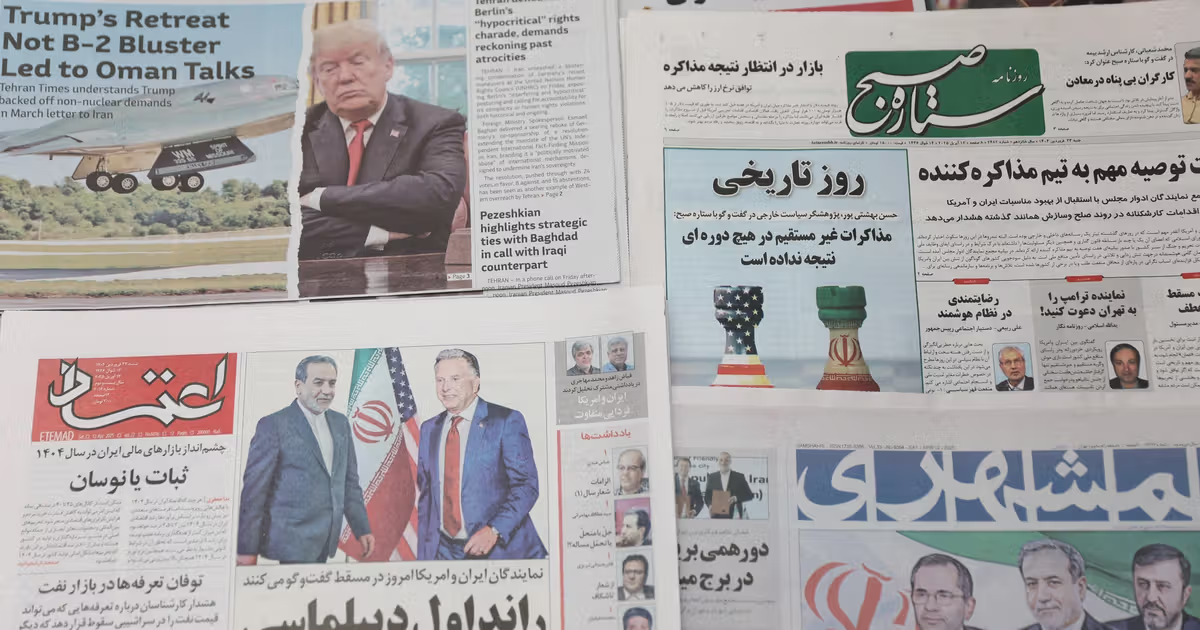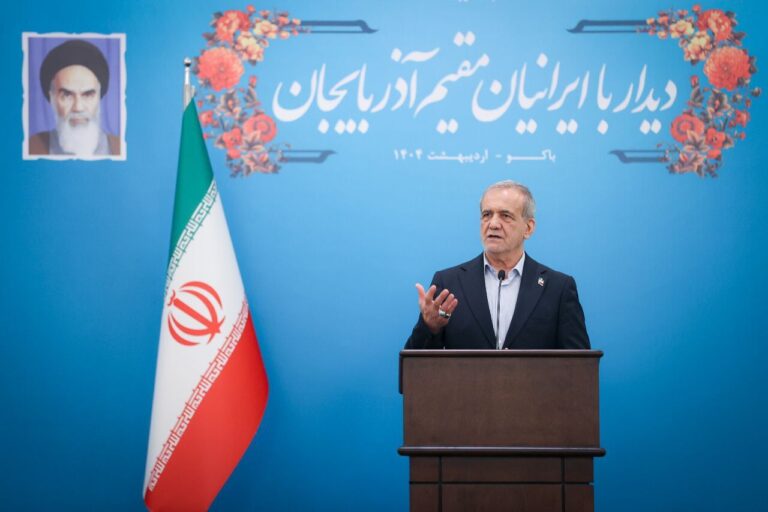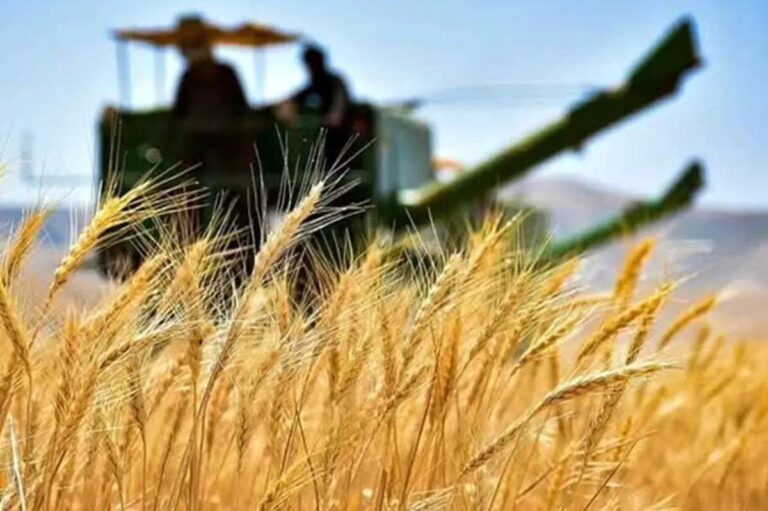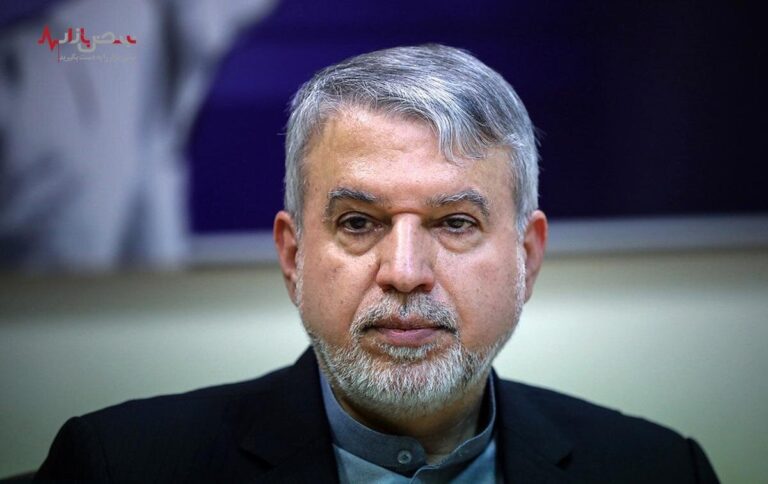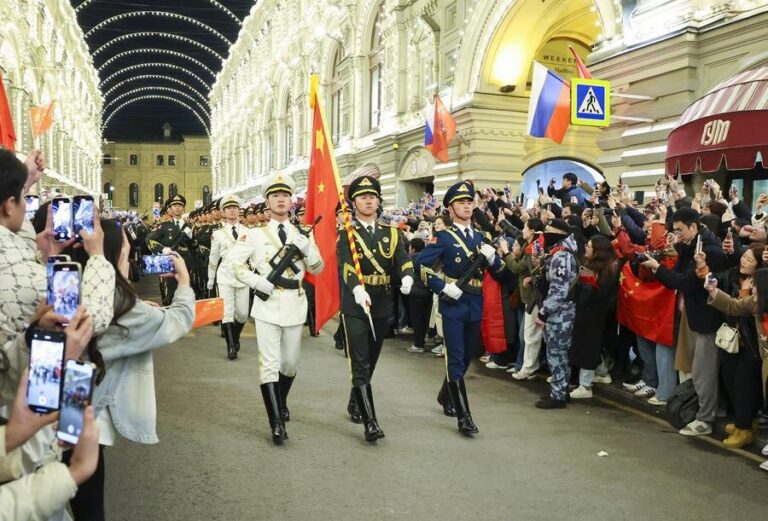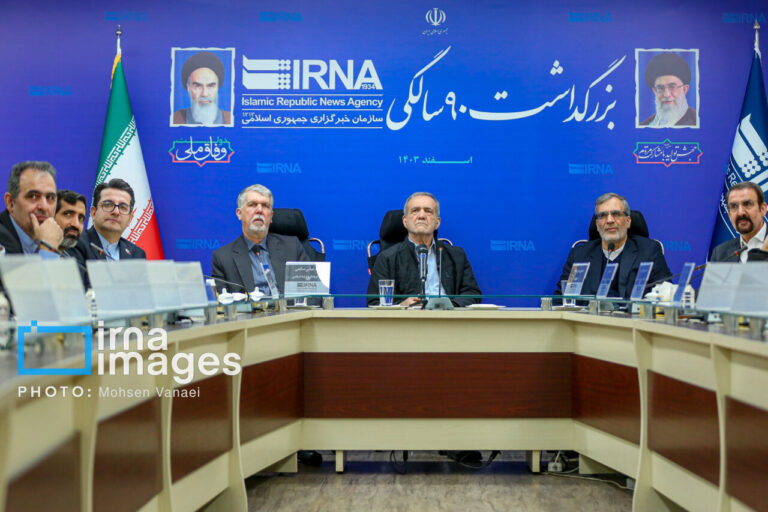Iran’s Major Institutions Slam US Negotiations: A Strong Rejection from the Press
In recent developments, three prominent Iranian newspapers have taken a bold stance against negotiations with Washington, showcasing a significant skepticism towards diplomacy with the United States. This divergence indicates that powerful institutions within the Iranian theocracy continue to grapple with the implications of engaging with their long-standing adversary. The newspapers in question—Kayhan, Javan, and Vatan-e Emrooz—are closely linked to influential bodies within Iran’s political framework, highlighting the complexities of the current diplomatic climate.
The Culture Ministry, the Supreme Council of National Security, and the Press Supervisory Board often issue directives to media outlets about what content to publish. However, these three newspapers consistently challenge those directives and frequently escape with minimal repercussions. Here’s a closer look at the situation:
- Kayhan: Known for its fervent anti-American stance, Kayhan has recently criticized proponents of negotiations, suggesting that they ignore the detrimental effects of U.S. sanctions on Iran.
- Vatan-e Emrooz: This ultraconservative daily has urged caution in advancing negotiations, warning that any agreements should not leave Iran vulnerable to exploitation.
- Javan: Closely associated with the Islamic Revolutionary Guard Corps (IRGC), Javan has taken a more balanced approach, questioning whether a limited agreement could tarnish Iran’s anti-imperialist image.
Earlier this week, Kayhan’s editorial stance was particularly provocative, stating, “Why should we trust Trump, a man even his allies do not trust?” This pointed remark reflects a broader skepticism and highlights the ongoing tension between the Iranian leadership and diplomatic overtures from the United States.
Moreover, the editorial board of Vatan-e Emrooz cautioned against pursuing talks that could lead to a scenario where Iran is unable to withdraw from any agreements made, emphasizing the need for the negotiating team to remain vigilant against potential exploitation.
The tone of these critiques may have softened in recent weeks, especially following Supreme Leader Ali Khamenei’s ambiguous endorsement of negotiations. Khamenei previously remarked, “Speaking without restraint at times… our unnecessary objections, our lack of patience, and our flawed analyses of situations can have historical consequences.” His warning underscores the need for caution in the current political landscape, yet the three newspapers seem to have ignored this directive.
These newspapers not only represent influential factions within Iran’s political arena but also maintain direct access to Khamenei’s office. This relationship may provide a context for their editorial choices, serving as necessary objections or contingencies in response to potential shifts in policy should the leadership’s interests dictate such a move.
Interestingly, Javan’s editorial stance reflects a more pragmatic approach to the ongoing negotiations. They stated, “Iran may wish to maintain its image as an anti-imperialist warrior. But who says an agreement limited to eliminating sanctions against reducing enrichment levels will tarnish that image?” This perspective suggests a willingness to engage in diplomacy without compromising core ideals.
Unlike many other media outlets in Iran, which face stringent consequences for minor missteps, Kayhan, Javan, and Vatan-e Emrooz operate with greater freedom on the political spectrum. This difference raises questions about whether their editorial tone is part of a broader strategy orchestrated by Iran’s top officials.
As the situation continues to evolve, it remains to be seen how these newspapers will navigate the complexities of international diplomacy. They represent not just the voices of their respective factions but also reflect the intricate dynamics of Iranian politics. Javan succinctly concluded its editorial by stating, “Some say that Trump is unpredictable. Well, we are not that predictable either!” This remark encapsulates the uncertainty and tension that characterizes both Iranian and U.S. political landscapes.
In conclusion, the stance taken by these Iranian newspapers sheds light on the internal debates surrounding diplomacy with the United States. Their persistent skepticism and critical viewpoints suggest that while some factions within the Iranian government may be open to negotiations, others remain deeply entrenched in their anti-Western rhetoric. This ongoing discourse is essential for understanding the future of U.S.-Iran relations and the potential for any meaningful diplomatic engagement.
